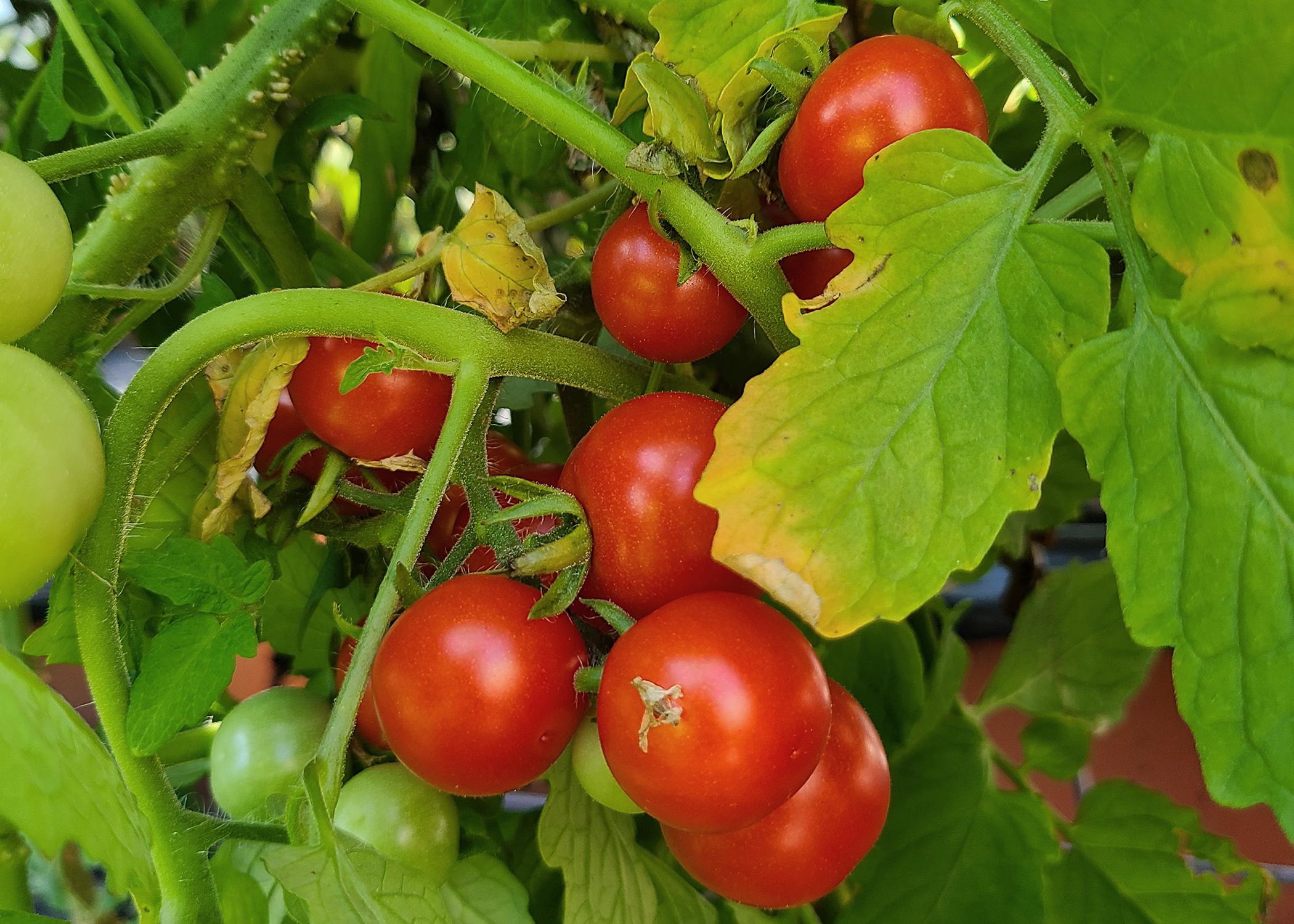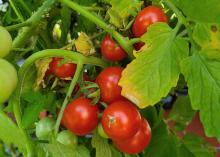Information Possibly Outdated
The information presented on this page was originally released on July 18, 2022. It may not be outdated, but please search our site for more current information. If you plan to quote or reference this information in a publication, please check with the Extension specialist or author before proceeding.
Gary Bachman’s tips for growing tomatoes
As the host of Southern Gardening, I promote primarily ornamental landscape and garden plants through newspaper articles, TV segments and social media posts.
So I find it interesting that most of the questions I receive revolve around the vegetable garden.
Our ornamental plants give us the landscape and garden aesthetics that we consume with our eyes. But the vegetable garden provides the home gardener a tangible, consumable product: perhaps a tomato or pepper in the summer or radishes, carrots or salad greens in the winter.
As a “typical” home gardener, I really love to grow and experiment with my vegetable garden. Every season, I learn something new to share with Mississippi gardeners.
This year, tomatoes have been generating the majority of the questions sent to me. So I’d to share a couple of tips and tricks that I have learned over the years to help you be successful in growing your own tomatoes.
The goal of most gardeners is to grow that perfect, vine-ripened fruit. But most years, bugs, birds, squirrels and rats seem to conspire to make harvesting a vine-ripened tomato as magical as finding a unicorn.
The fact is, the longer that tomato is on the vine, the more chances there are of something bad happening. I like to harvest my large-fruited tomatoes when they start showing the first blush of color.
I bring them inside to finish ripening. At this point, the fruit has as much sugar as it’s going to have and will ripen nicely on a warm counter or windowsill. If you have a coffee maker on the counter, place your ripening tomatoes close to it, as it will be a couple of degrees warmer, especially if its plugged in.
I place my blushing tomatoes on a germination rack to fully ripen.
While this process works for large-fruited tomatoes, the smaller cherry tomatoes mature much quicker and usually can be allowed to ripen on the vine.
Tomato hornworms can cause frustrating problems for gardeners. These caterpillars of the hawk or sphinx moth seem to appear out of nowhere and can consume an entire tomato overnight.
To make matters worse, they are masters of disguise as they hang on the undersides of tomato stems. Sometimes the only sign of them you can find are the piles of frass on leaves after massive damage has been done.
But all is not lost. I discovered a technique to easily find these guys at night. Under an ultraviolet flashlight, these caterpillars fluoresce and actually shine like a beacon in the dark.
I don’t do much in terms of disease control because in Mississippi, our tomatoes will get almost every leaf-borne fungal disease known to tomato-kind, and it can feel like a losing battle. But what I’ve learned is that tomatoes can be very regional in adaptation, and even with affected leaves, if you’ve selected the right varieties, the plants will still produce an abundance of fruit.
My advice usually involves asking home gardeners whether they want great-looking plants or excellent-tasting tomatoes.
A great resource to help you be successful with tomatoes is the newest version of the “Mississippi Vegetable Gardener’s Guide,” formerly known as “The Garden Tabloid.” It can be found online at .






